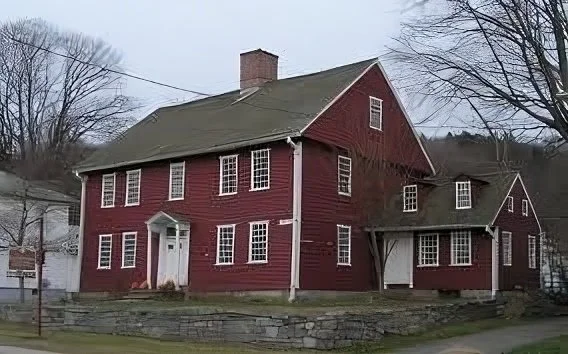
Derby
Derby , Connecticut Quick Facts
Land area is approximately 5 Square miles and the elevation is 102 feet. Incorporated in 1775, Derby currently has about 12,532 residents in 5,221 households, 55% of which are owner occupied. Approximately 44.3% of the housing stock was built prior to 1950. The 2012-2013 Tax Rate is 35.5 mills.
Derby: Connecticut’s Smallest City
Derby is Connecticut's smallest municipality and is in New Haven County, Connecticut. Located at the junction of the Housatonic and Naugatuck rivers, the town of Derby was settled in 1642 as an Indian trading post under the name Paugussett . It was formally changed to "Derby" in 1675, largely in part due to the amount of colonists that came from Derbyshire, England.
A Unique Piece of Redding’s History
The well known and well-to-do Osborne family operated many metal working and fabric product factories in the area. Mrs. Waldo Kellogg, nee Frances Osborne successfully managed the family businesses and investments when her father passed away in 1907. Gradually, she purchased a number of farms, including a breeding farm for Holstein cows. Those additional farms, along with her existing property make up the 350 acre Osbornedale State Park which bounders Derby and Ansonia. The Paugussett Indians also used part of this land for hunting.
The town has a Metro-North railroad station called Derby – Shelton. Places of significance include the Osborne Homestead Museum, the Sterling Opera House, The Kraus Corset Factory, and the Derby Public Library, which was built in 1902 with local marble from Ansonia.


